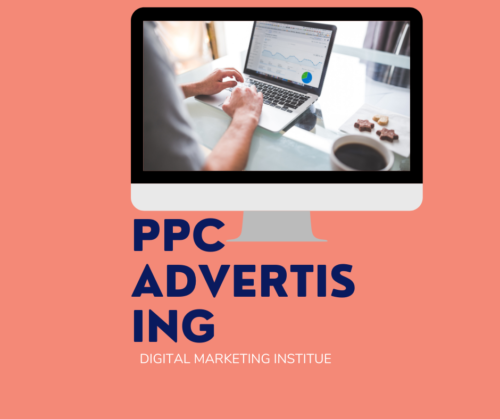Social Listening
“Content” has been a buzzword for so long it’s now considered an essential part of any marketing mix – that’s why it’s tempting to just jump in and start creating and sharing. The thing is, not just any old content is going to work; you need to make sure your content is relevant, engaging and useful to your audience.
Enter: social listening. The quickest and most accurate way to discover what your audience really thinks is to eavesdrop on their social media conversations. As marketing insights manager Liz Gross says: “Social listening allows you to constantly take the pulse of your community. Real-time data about their interests, questions, trending topics and demographic characteristics can give you the edge you need to ensure your content is relevant to your target audience.”
Social intelligence data goes one step further than purely listening, providing detailed insights that will drive your content strategy forward. But how can you leverage that in-depth data to create a strategy that shines?
Step 1: Listen to your brand and consumers
Like overhearing a colleague talking about you in the bathroom, social intelligence data tells you what people are saying about you, whether it’s good or bad, and how they are saying it. Use a tool that gives you scores for engagement, virality and reach – not just the amount of likes, comments and shares – to get a more in-depth and accurate picture.
Pay particular attention to what the data tells you about influencers in your space; these are the people you’ll want to target later on, when developing your overall content strategy. They have large audiences of their own, and can really make a difference to your brand awareness.
But it’s not just about listening to what people say about you; social intelligence can also show you the success (or otherwise) of your current content in all forms. How many people are sharing your videos? What sort of interaction do you get in comments and forums? You can even monitor the effectiveness of your brand’s tone of voice. The data you gather at this stage will help you to identify what works well so you can do more.
Step 2: Monitor your competitive space
Repeat the exercises in step one, but this time look at your competitors. Social intelligence can help you to identify their strengths and weakness in audience interactions – and, of course, their weaknesses present an opportunity for you to step in with content that converts. Audit competitor content, too. Learn from their best practices – and their poor ones.
The right tool can also help you dive deep into topics as well as accounts. What are the topics that resonate in your space? Discover the keywords that have impact, and identify your audience’s favourite topics. Detect market trends. Look at where you’ve come from, and where you’re going.
Step 3: Gather the insights
Loads and loads of data is great, but it’s what you do with that data that really counts. Gather the insights from steps 1 and 2 to identify actionable insights to drive your strategy forward.
Did the keyword and conversation analysis reveal any topics you can truly own? It is easy to create the same content as everyone else, but you won’t stand out amongst the noise if that’s all you do. There will be bases to cover, yes, but there will also be topics that are relevant to your audience and product, but that no one else really talks about.
Likewise, social intelligence will help you rate your tone of voice and the success of your current strategy, and identify influencers you either need to make the most of – or convince that you’re better than they think.
Step 4: Develop your content strategy
You’ve got the insights, and you’ve analysed them. That’s the easy bit done; how do you turn data into a content strategy that works?
First up, look at the topic data and gather keywords into groups of related terms. From here, you will start to see themes emerging. A good content strategy will have 3-5 key content themes that help spark your ideation, so use the social intelligence data to translate topics to content themes.
You’ve also now got in your hands a swathe of data about your consumers and your audience; you know what they talk about, and can identify other things about them like location, age range and interests. Coincidentally, these are the beginnings of content personas, so start to draw up profiles of your ideal customer. This will also help you when ideating topics for content; you can simply imagine what Sue, 27, a banker from London, would like to read about today.
Some of those consumers identified will have followings of their own; if someone with a huge following likes what you do, make the most of them! Engage them as an influencer, work with them to give exclusive access to products and services so that they talk even more about how great your brand is.
A note of caution, though: remember to not focus too much on themes, people or areas your competitors are hugely successful with – it will be a battle to take the crown. Don’t run before you can walk; look at related areas they are not operating in so that you can truly own that space before making your move into their territory.






